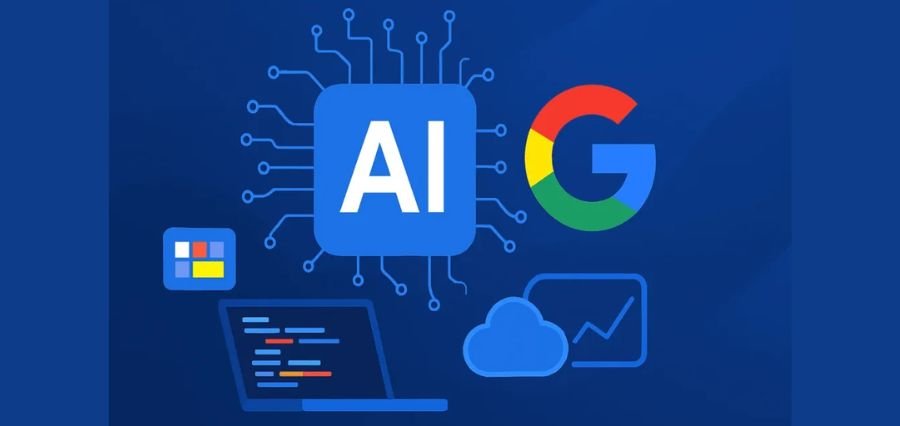Prime Highlights
- Google has introduced “AI Mode,” the chatbot-like search interface that offers immediate conversational answers rather than the conventional blue links.
- Available initially to U.S. users through Search Labs and Google One AI Premium, it also accommodates follow-up questions, voice typing, and visual search.
Key Facts
- AI Mode employs sophisticated AI to decompose deep searches into sub-questions and aggregate answers from the web and in real time.
- It adds functionality such as live visual aid, interactive charts, and “agent-like” activities such as bookings and purchases.
- Google anticipates AI Mode to increase search volume by around 10% in major markets such as the U.S. and India.
Key Background
Google has made a giant stride in redefining online search by launching “AI Mode,” an interface in the form of chatbots supported by its Gemini AI technology. The new feature transcends traditional approaches to search by providing synthesized, natural-language responses to users’ queries. It enables users to have back-and-forth conversations, pose follow-up questions, provide voice or image inputs, and get answers in real time, revolutionizing the way people interact with the web.
The rollout is a follow-up to Google’s 2024 launch of AI Overviews.
The summaries, which are popular in spite of being used more widely, reflect criticism for sometimes providing incorrect or bizarre results.
The backlash notwithstanding, they set the stage for an even larger vision: a complete conversational AI embedded directly within search.
AI Mode employs a method referred to as “query fan-out,” where one user query is broken down into several subtopics. These subtopics are explored in parallel in multiple data sources such as the web, Google’s Knowledge Graph, and real-time data feeds. The AI collects this information and renders it into a coherent, simple-to-grasp answer.
In addition to merely responding to questions, AI Mode brings more advanced capabilities. Through integrations such as Project Astra and Project Mariner, users are able to scan objects with their camera and receive live visual feedback or even perform tasks such as booking flights, purchasing tickets, or reserving restaurant tables—all through the chat interface. Future releases are expected to add capabilities in the realm of financial charting, sports data visualization, and try-on shopping features.
But the feature is also raising alarm in the advertising and publishing sectors. As users are now receiving direct answers without having to click on websites, media firms are worried about declining web traffic. To address this, Google is looking at new monetization opportunities, including placing ads directly in AI responses.
Currently in opt-in beta, AI Mode is limited to the U.S. for Google One AI Premium members and Search Labs users only. Google will roll out a gradual worldwide expansion, seeking to keep its lead in the changing search game where people increasingly demand not only information—but smart help.




